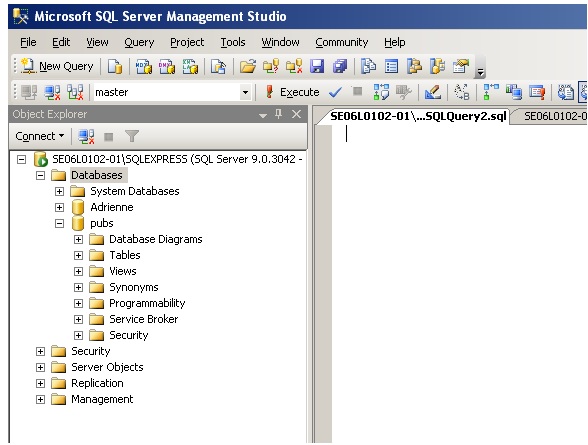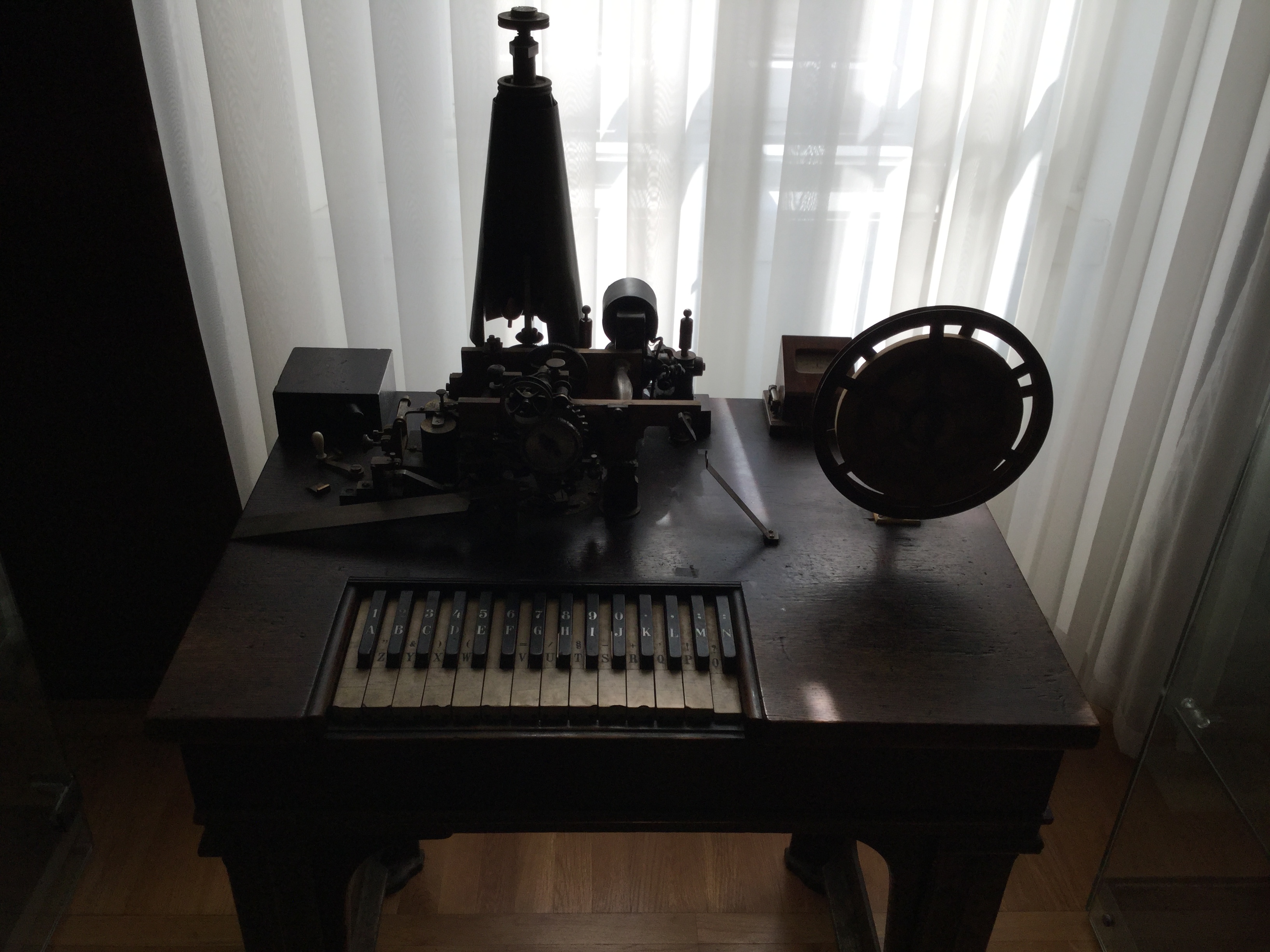Mozart and the Piano sonata in C major K.545 by Quinn.
We'll start with an excerpt from the first movement of Mozart's piano sonata K. 545 in C major: The bottom two staves show the textural reduction. Bar 2 is actually the same harmony as bar 1, except moved down a step, except the last treble note in bar 2 is raised an octave.Style and Genre Piano Sonata in C major K.545 - Written during classical era (1750-1820) - Written in 1788 - Up tempo, quick but balanced and in unity - Sonata form has three parts - Exposition, Development, Recapitulation - Exposition is in the Tonic and Dominant - Development.Sonata in C., K. 545, measures 1-4. Circle progressions embellish the harmonic movement of the first theme while extending the C tonality. The first theme concludes with a series of scaler passages that serve to oppose the opening triadic motion.
So, why don't we begin that adventure into analysis with a short except from Mozart that demonstrates how he would use a circle of fifths progression. Well, we have a little excerpt from Mozart's, from a Mozart piano sonata in C major, K. 545 from a Mozart piano sonata in C major, K. 545 This is actually a fairly famous piano sonata.Mozart utilizes some interesting musical and compositional techniques in m. 41-48 of his Rondo from Piano Sonata in C Major K. 545. First, the harmony changes form measure 41-43 exhibit changes in harmony that go across measures due to the left and right hands exchanging motives and alternating when each hand plays, creating a syncopation of the harmony change.

This 48-minute video lesson explores an in-depth look at the Sonata in C major, K545, 1st movement (Allegro) by Mozart. Areas of focus include technique, fingering, trills, shaping, interpretation, long lines, and classical stylistic elements to help you become as efficient as possible in your practice sessions.











